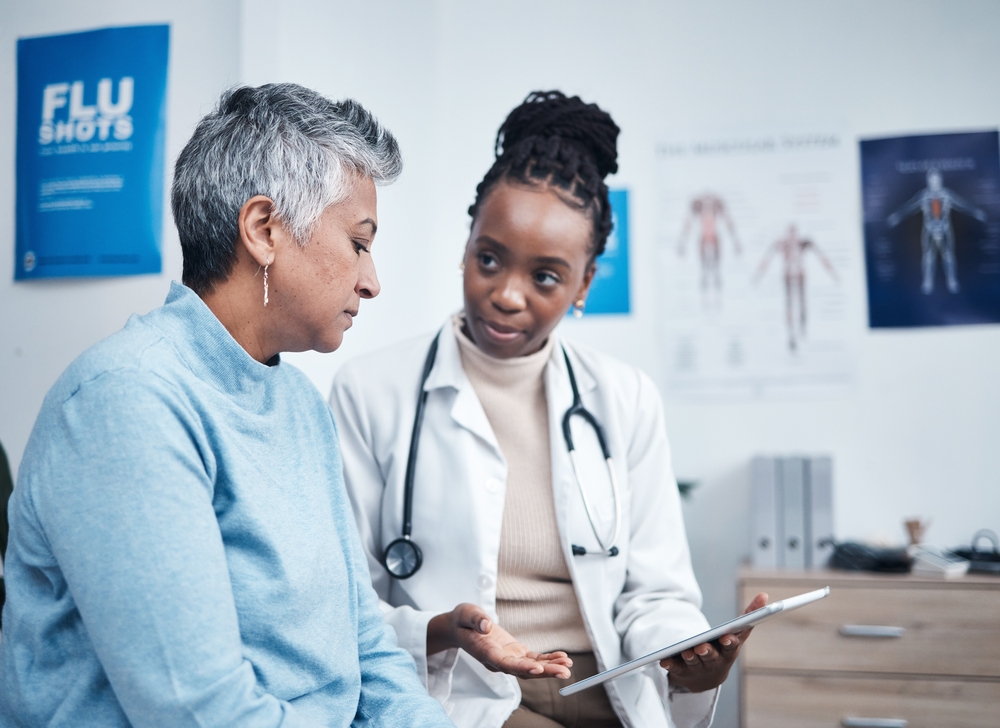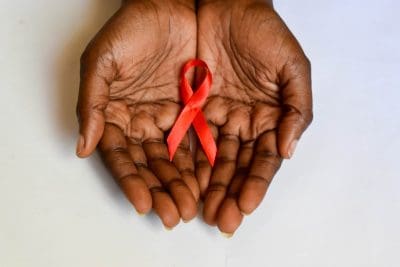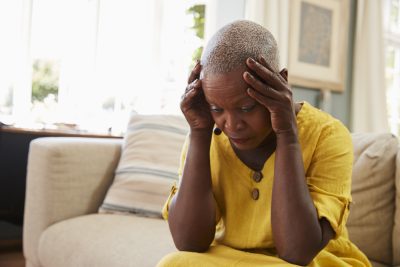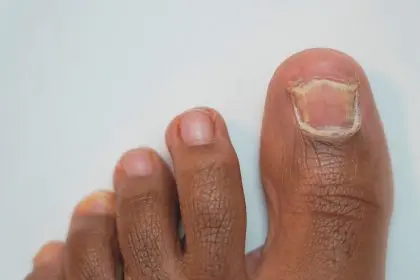Cancer remains one of the most feared diseases across the globe. It can strike quietly, taking hold before symptoms even emerge. Yet while research, funding and treatments have improved dramatically over the decades, an unsettling pattern remains: cancer rates are dropping in some places, yet rising in others. This uneven trend has sparked concern among public health leaders, patients and advocates.
Regional disparities aren’t random
Cancer statistics don’t fluctuate by accident. Every drop or rise points to deeper causes—some rooted in policy, others in access, behavior or belief systems. In cities with strong preventive programs, we often see declines in lung, breast and colon cancers. Meanwhile, in communities with fewer resources or limited access to screenings, the numbers tell a more tragic story.
Several states in the U.S. South continue to report higher cancer mortality than their Northern counterparts. On the other hand, areas like California and Massachusetts show steady improvements. These trends reflect more than just luck—they reveal how local investment, education and infrastructure shape health outcomes.
Early detection drives progress
Places that invest in early detection tend to see lower cancer rates over time. Screenings for breast, cervical, colorectal and prostate cancers are vital tools. When caught early, many cancers can be treated effectively—sometimes even cured.
California’s decades-long campaign against smoking, for example, has contributed to a sharp decline in lung cancer cases. Meanwhile, states that adopted HPV vaccination earlier are now seeing a drop in cervical cancer. Education campaigns, mobile clinics and community health outreach have all made a difference.
Communities that normalize regular checkups and cancer screenings often empower people to act before it’s too late. That kind of culture change saves lives.
Environmental factors affect risk
Pollution, toxins and workplace exposure all influence cancer rates in different regions. Industrial communities with poor air quality or contaminated water supplies often report higher levels of certain cancers.
In some areas with a strong manufacturing presence, elevated rates of bladder or kidney cancers may emerge due to chemical exposure. In agricultural regions, pesticide exposure is linked to higher incidences of leukemia or lymphomas.
Local governments that enforce stricter environmental protections may help shield residents from these risks. In contrast, areas without such oversight may continue to face long-term health consequences.
Health care access creates divides
Access is one of the biggest determining factors in whether cancer rates fall or rise. People in wealthier urban areas often benefit from top-tier hospitals, specialists and comprehensive insurance coverage. In contrast, rural areas or economically disadvantaged neighborhoods may lack even basic facilities.
When treatment is delayed due to cost, distance or insurance barriers, outcomes suffer. Cancers that might have been treatable become fatal. And this lack of access shows up clearly in the numbers.
In many Indigenous, Black and Hispanic communities, systemic inequalities result in lower screening rates and worse survival outcomes. Bridging this gap means addressing deeper issues—transportation, insurance disparities, medical bias and socioeconomic injustice.
Lifestyle and dietary differences
What people eat, how they move and their daily routines all factor into cancer risk. Obesity, alcohol consumption, tobacco use and inactivity are tied to several types of cancer. Communities with limited access to healthy food or recreational spaces often face higher cancer burdens.
Urban food deserts, for example, may limit residents’ ability to make nourishing choices. Fast food is cheap, quick and everywhere, while fresh produce is scarce or expensive. Over time, poor nutrition can lead to inflammation, weakened immune systems and chronic disease—all precursors to cancer.
Meanwhile, regions with strong cultural norms around exercise, home-cooked meals and family health traditions may report lower incidences.
Prevention programs vary widely
The success of preventive medicine depends heavily on local policies and public buy-in. The HPV vaccine, for instance, dramatically reduces the risk of cervical and other related cancers. Yet its rollout has been uneven. Some states pushed early and saw results. Others delayed due to misinformation, stigma or political debates.
Similarly, colorectal cancer screenings remain underutilized in several states, despite being highly effective. Differences in outreach, funding and physician availability all influence how well these programs work. Public health isn’t just about science—it’s about access and trust.
Trust shapes medical engagement
In regions where residents trust their medical providers and health institutions, people are more likely to seek care early. They listen to recommendations, follow treatment plans and advocate for their families.
But in communities scarred by medical neglect, abuse or systemic racism, mistrust runs deep. Historical trauma—from unethical experiments to denied care—creates hesitation and avoidance. That hesitation often results in late-stage diagnoses and limited treatment options.
Economics influence everything
Money shapes more than hospital visits. It affects living conditions, food choices, education, stress levels and environmental exposure—all major factors in cancer development.
Affluent neighborhoods may have cleaner parks, safer streets and better grocery options. Meanwhile, underfunded neighborhoods might face crumbling infrastructure, food insecurity and industrial hazards.
Economic inequality translates into health inequality. Until systems change, cancer will remain not just a disease—but a mirror of the society in which it grows.
Community action brings hope
One of the most powerful lessons from areas with falling cancer rates is this: progress is possible. When communities work together—city leaders, nonprofits, clinics, schools—they can reshape outcomes. It doesn’t require magic. It takes coordination, vision and the belief that every life matters.
Reducing cancer rates is not a mystery. We know what works: prevention, early detection, access and equity. But we also know where we’re failing.
The fact that cancer rates can drop in some zip codes but rise in others should be a wake-up call. It reveals a world where opportunity—and survival—are not equally distributed.















